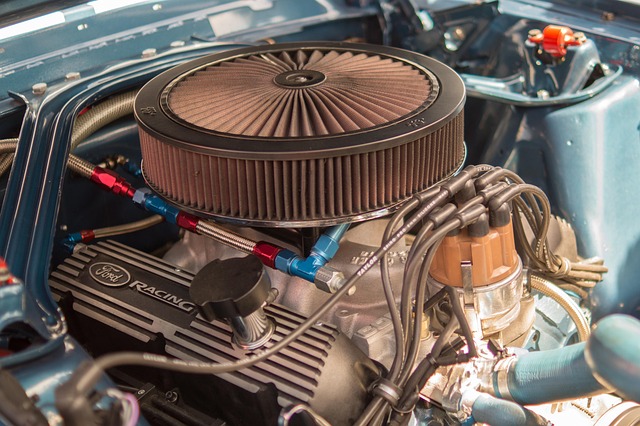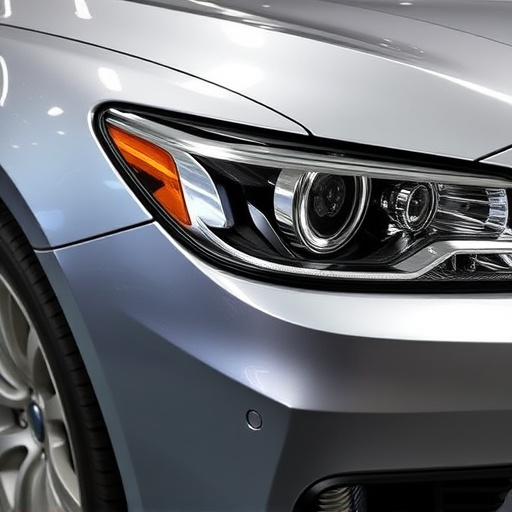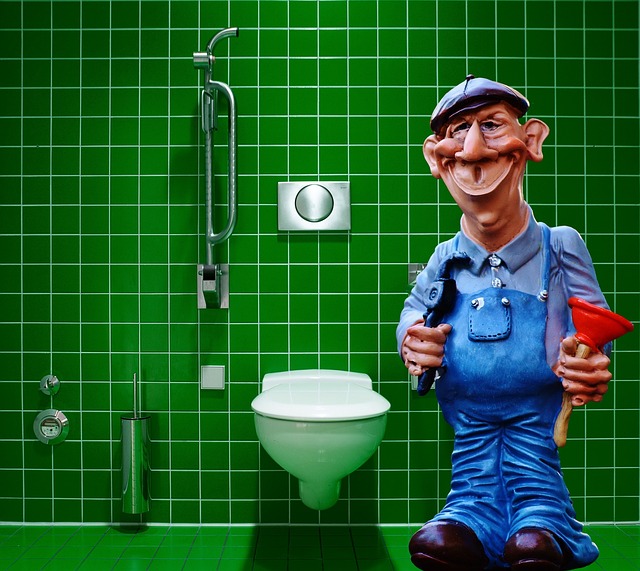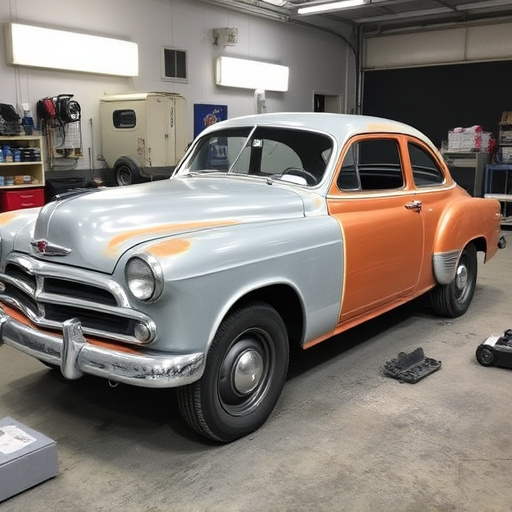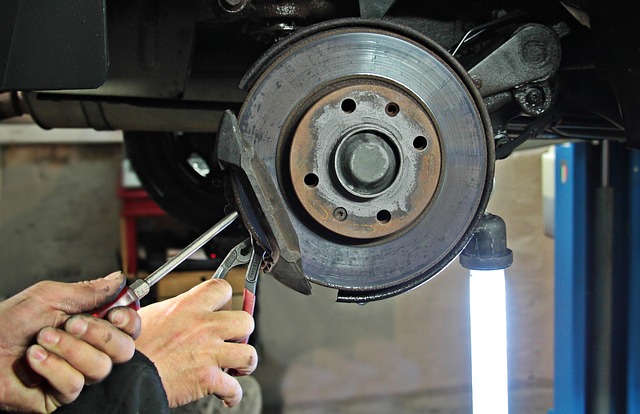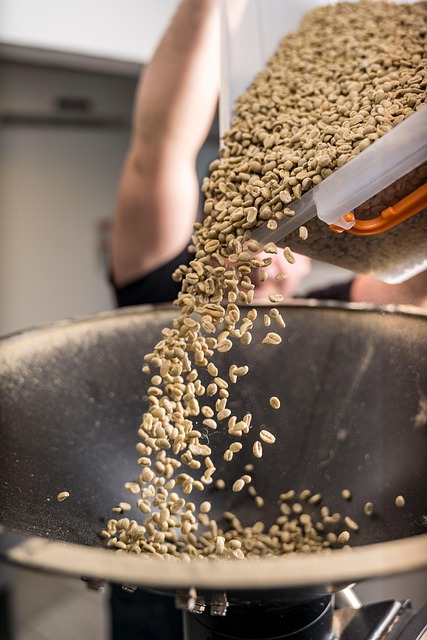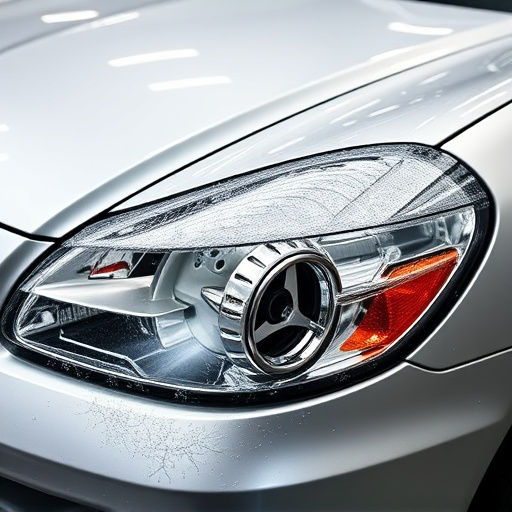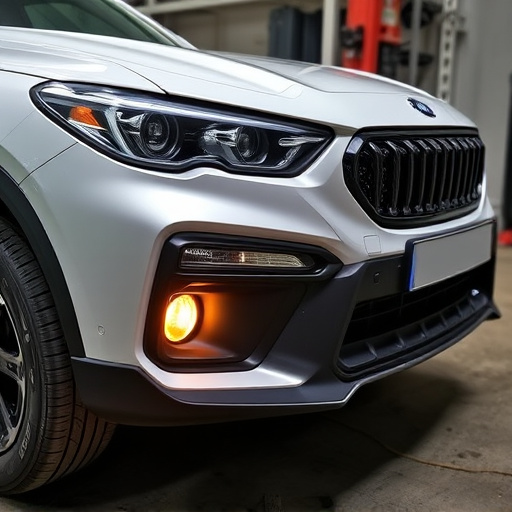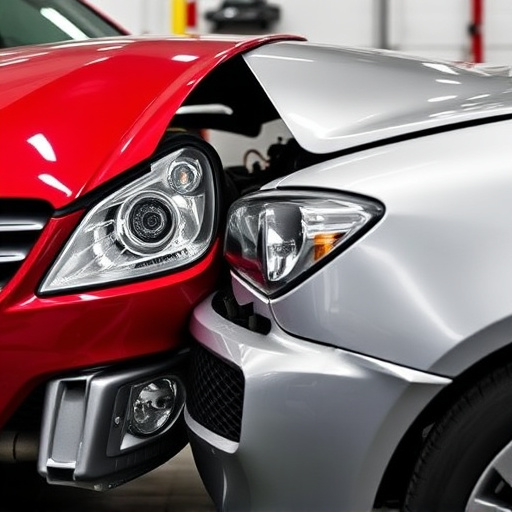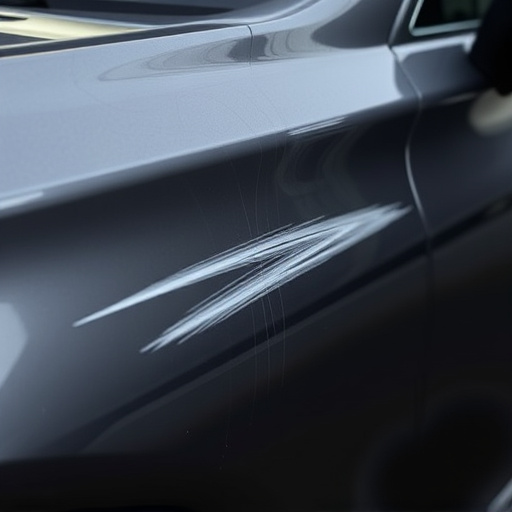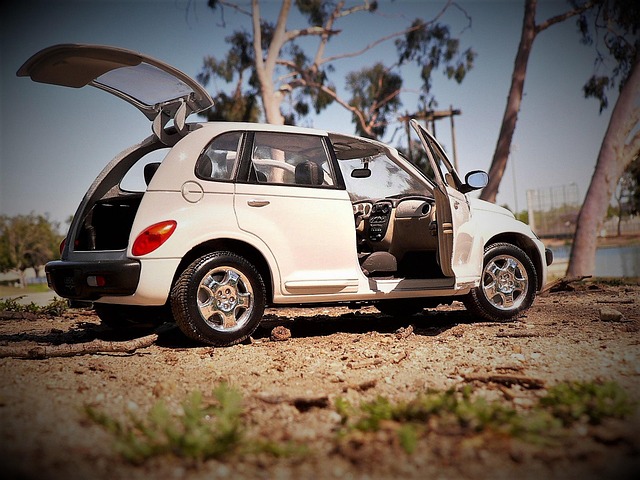PDR (Paintless Damage Repair) for car dealerships is a cost-effective and efficient way to fix dents and scratches without painting, preserving the original factory finish. By using trained technicians and advanced tools, dealerships can offer quick solutions, manage workflow, and enhance customer satisfaction. Measuring success involves client feedback, net promoter scores, online reviews, and KPIs like time taken for repair and cost comparison with traditional bodywork. PDR positively impacts both bottom line and customer loyalty.
In today’s competitive automotive landscape, customer satisfaction is paramount. Professional Detailing and Repair (PDR) offers dealerships a powerful tool to enhance customer experiences and build loyalty. This article explores how PDR, a seemingly simple fix for complex issues, significantly impacts dealership operations. We’ll delve into understanding PDR, its effects on customer interactions, and measuring its effectiveness using various tools. Discover why integrating PDR practices can be a game-changer for car dealerships.
- Understanding PDR: A Simple Fix for Complex Issues
- The Impact on Customer Experience at Dealerships
- Measuring Success: Tools for Evaluating PDR's Effectiveness
Understanding PDR: A Simple Fix for Complex Issues
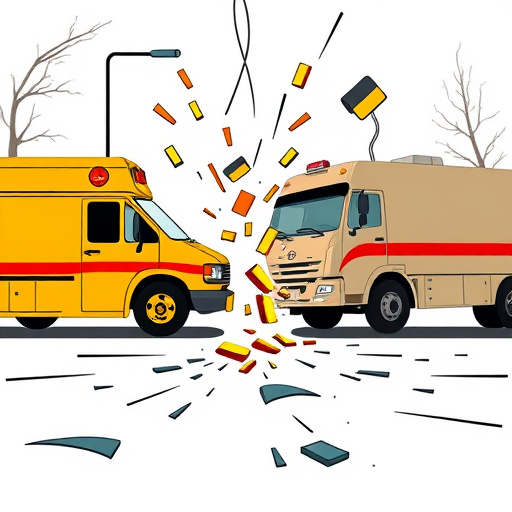
At its core, PDR—or Paintless Damage Repair—is a specialized technique for fixing car dents and scratches without painting or replacing the damaged panel. This isn’t merely a simple fix; it’s a game-changer for dealerships looking to enhance customer satisfaction. By employing trained technicians with advanced tools, dealerships can offer quick, efficient, and cost-effective solutions for vehicle collision repair, transforming what could be a frustrating experience into a smooth, satisfying process.
PDR offers several advantages over traditional auto collision centers, particularly in terms of time savings and aesthetics. Car scratch repair done via PDR preserves the original factory finish, ensuring that the vehicle retains its value and appearance. Moreover, by streamlining the damage repair process, dealerships can better manage their workflow, leading to shorter wait times and happier customers—a significant factor in fostering a positive brand experience for your automotive business.
The Impact on Customer Experience at Dealerships
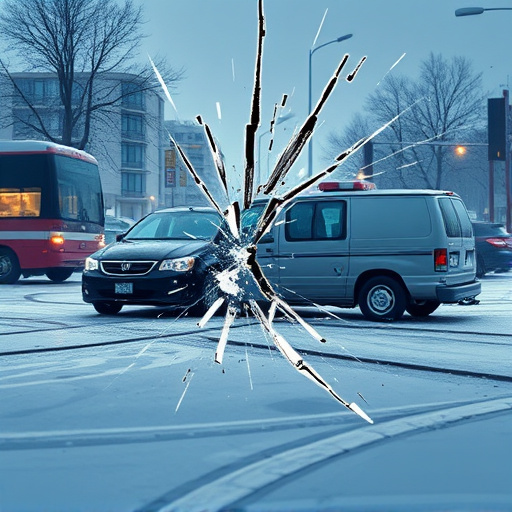
In today’s competitive automotive market, customer satisfaction is paramount for dealerships to thrive. Implementing processes that streamline and enhance the customer experience can set a dealership apart. This is where Professional Detailing and Repair (PDR) comes into play, serving as a powerful tool to elevate customer interactions. PDR for car dealerships isn’t just about aesthetics; it’s a strategic approach to vehicle repair and restoration, ensuring every car leaving the lot looks and feels its best.
By offering comprehensive PDR services, dealerships can significantly improve client satisfaction. The meticulous process of auto painting and vehicle restoration not only repairs damage but also revitalizes the overall look of vehicles. Moreover, as customers witness their cars being meticulously transformed, it fosters a sense of appreciation and trust. This enhanced customer experience translates into repeat business and positive word-of-mouth recommendations, ultimately driving the success of car dealerships adopting PDR practices.
Measuring Success: Tools for Evaluating PDR's Effectiveness

Measuring success is an integral part of any business strategy, and for PDR (Paintless Dent Repair) at car dealerships, evaluating its effectiveness is crucial. The primary tool for gauging PDR’s impact on customer satisfaction involves direct feedback from clients who have availed these services. Simple yet powerful metrics such as satisfaction surveys, net promoter scores (NPS), or even online reviews can provide valuable insights. For instance, asking customers to rate their experience on a scale of 1-5 and encouraging detailed feedback allows for a comprehensive understanding of the service’s strengths and areas that need improvement.
Additionally, tracking key performance indicators (KPIs) related to auto repair near me or vehicle repair services can offer tangible proof of PDR’s success. This might include reducing the time taken for dent removal, minimizing costs associated with traditional bodywork services, and increasing customer retention rates. By combining qualitative data from customer feedback with quantitative metrics linked to operational efficiency, car dealerships can effectively assess the overall effectiveness of PDR, ensuring a positive impact on both their bottom line and customer loyalty.
PDR (Paintless Dent Repair) has emerged as a game-changer in enhancing customer satisfaction at dealerships. By offering a quick, efficient, and non-intrusive solution for minor vehicle dents, PDR not only improves the customer experience but also boosts dealership reputation. With the right tools to measure its effectiveness, such as customer feedback surveys and post-service reviews, dealerships can ensure that PDR lives up to its promise of exceptional service. Incorporating PDR into their operations is a strategic move for car dealerships looking to stand out in a competitive market and deliver superior customer satisfaction.
